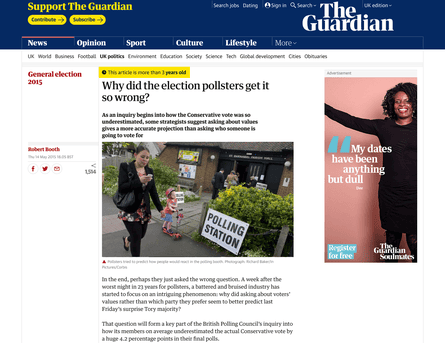News Articles Fundamentals Explained
News Articles Fundamentals Explained
Blog Article
Not known Details About News Articles
Table of ContentsNews Articles Things To Know Before You Get ThisNews Articles Fundamentals ExplainedThe Best Strategy To Use For News ArticlesThe 20-Second Trick For News ArticlesThe 9-Minute Rule for News Articles
Good expertise of various topics offers pupils an affordable edge over their peers. Although electronic and social media are easily accessible, we should not forget just how important it is to review the papers. Moms and dads have to attempt and instill the practice of checking out a newspaper as a day-to-day regimen to proceed the heritage of the revered print medium.News tales additionally contain at the very least one of the complying with crucial characteristics relative to the designated audience: proximity, prestige, timeliness, human rate of interest, peculiarity, or effect. The related term journalese is in some cases made use of, normally pejoratively, to describe news-style writing. An additional is headlinese. Papers normally stick to an expository writing style.
Within these limits, news stories additionally intend to be thorough. Amongst the larger and a lot more highly regarded papers, fairness and equilibrium is a significant variable in offering details.
Newspapers with a worldwide target market, as an example, have a tendency to utilize a more formal design of composing. The specific choices made by an information electrical outlet's editor or editorial board are typically collected in a design guide; common style guides include the and the US Information Style Publication. The major goals of information writing can be summarized by the ABCs of journalism: precision, brevity, and clearness.
What Does News Articles Mean?
Generally, reporters will not utilize a long word when a brief one will do. They make use of subject-verb-object construction and vivid, energetic prose (see Grammar). They use stories, examples and metaphors, and they rarely rely on generalizations or abstract ideas. News authors try to avoid making use of the same word greater than when in a paragraph (in some cases called an "echo" or "word mirror").
Headlines often omit the subject (e.g., "Leaps From Watercraft, Catches in Wheel") or verb (e.g., "Cat lady lucky"). A subhead (additionally subhed, sub-headline, subheading, caption, deck or dek) can be either a secondary title under the main headline, or the heading of a subsection of the post. It is a heading that precedes the primary message, or a team of paragraphs of the major text.

of a short article topic, informant, or interviewee), it is referred to as a pulled quote or pull quote. Added signboards of any of these types may appear later in the write-up (especially on subsequent pages) to tempt additional reading. Journalistic sites often utilize computer News Articles animation strategies to exchange one signboard for an additional (e.g.
An Unbiased View of News Articles
Such billboards are also utilized as reminders to the post in various other areas of the magazine or website, or as advertisements for the piece in other publication or websites. Press release of the Swiss federal government. Common structure with title, lead paragraph (summary in vibrant), other paragraphs (details) and get in touch with info.

Instance of a hard-lead paragraph NASA is proposing one more area task. The spending plan demands roughly $10 billion for the job.
An "off-lead" is the second most crucial front web page information of the day. To "hide the lead" is to begin the short article with history details or information of additional significance to the viewers, requiring them to read even more deeply into a write-up than they ought to have to in order to find the vital factors.
News Articles for Beginners
Typical usage is that a person or more sentences each develop their own paragraph. Journalists typically explain the company go to this website or framework of a news story as an inverted pyramid. The important and most fascinating components of a story are put at the start, with sustaining information adhering to in order of lessening relevance.
It enables individuals to explore a topic to only the deepness that their interest takes them, and without the charge of details or subtleties that they can consider pointless, however still making that information available to much more interested viewers. The upside down pyramid structure additionally allows articles to be cut to any type of arbitrary size throughout design, to fit in the area available.
Some authors start their tales with the "1-2-3 lead", yet there are lots of kinds of lead available. A twist can refer to several things: The last tale in the information broadcast; a "happy" story to finish the program.
Longer posts, such as magazine cover posts and the items that lead the within sections of a newspaper, are understood as. Attribute tales differ from straight information in numerous methods.
News Articles Fundamentals Explained
An attribute's first paragraphs typically relate a fascinating minute or event, as in an "anecdotal lead". From the particulars of a person or episode, its helpful resources view rapidly expands to generalities about the story's topic.

The Editor's Tool kit: A Reference Overview for Beginners and Professionals (2001) Allan M. Siegal and William G. Connolly. The New York Times Guidebook of Design and Usage: The Authorities Design Guide Used by the Writers and Editors of the World's A lot of Reliable Newspaper (2002) M. L. Stein, Susan Paterno, and R.
Report this page